Deep Blue vs Garry Kasparov: The World Chess Champion Was Beaten By a Computer In 1996, Demonstrating The Marvels of Artificial Intelligence
Deep Blue vs Garry Kasparov: It took IBM several years and a lot of hard effort to build a supercomputer that could beat the world chess champion. Supercomputers had been winning chess tournaments even before this, but it wasn’t until 1996 that the public began to realise the potential of artificial intelligence and that a computer had really beaten a grandmaster.
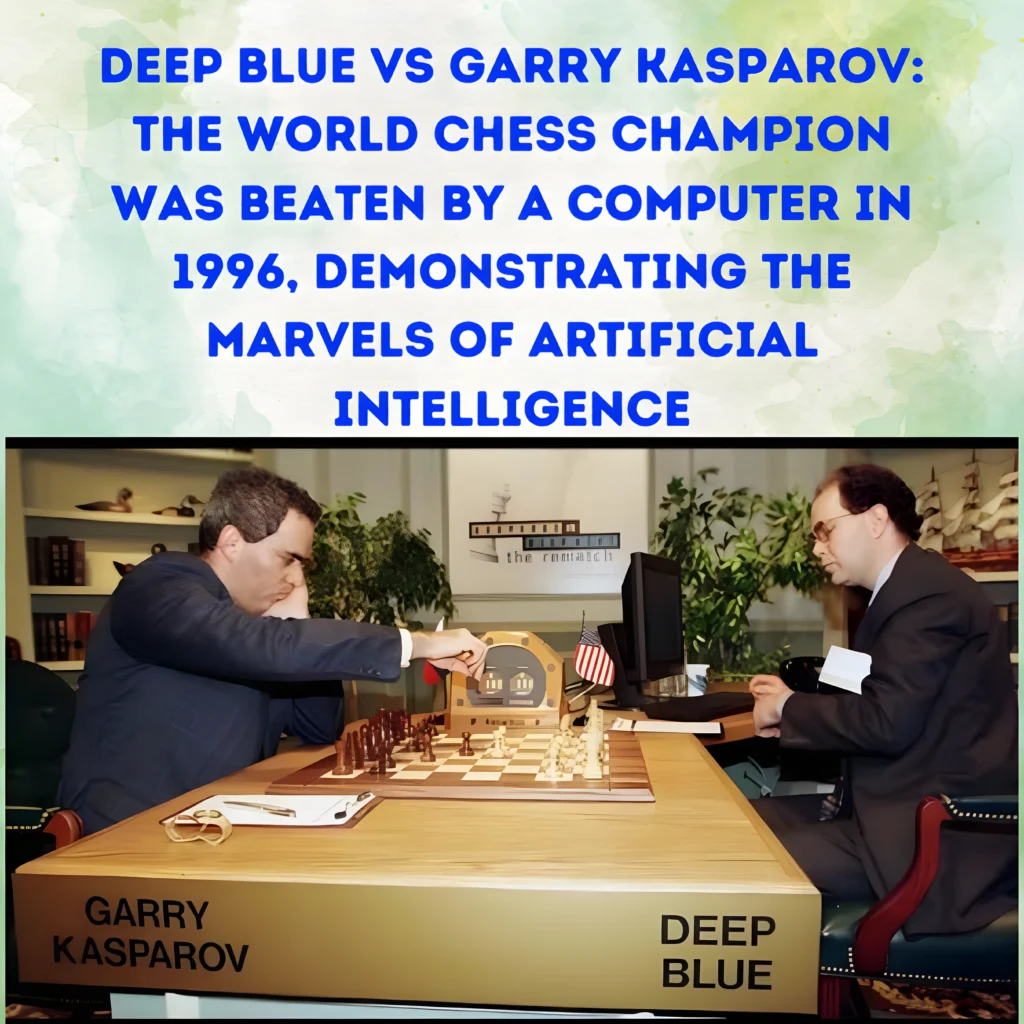
Table of Contents
Deep Blue vs Garry Kasparov
Humans and robots have always been in rivalry with one another. Humans saw computers as a major danger to themselves when they first came into existence. This was seen as devaluing human potential and eliminating employment. In spite of all these obstacles, scientists continued to develop more powerful computers. The topic shifted from computers to supercomputers. IBM introduced the world to the Deep Blue supercomputer in 1996. In a game of chess, this was the first computer to ever beat a world champion.
Deep Blue and Russian Grandmaster Garry Kasparov squared off in Philadelphia, Pennsylvania, in 1996. Kasparov was the most well-known player in the world of chess at the moment. He was a world champion, and in 1999 he had the highest possible rating in the International Chess Federation (FIDE). IBM spent a long time to develop a supercomputer that could beat a grandmaster champion of the world.
Machine That Can Compete With The Human Brain
IBM reasoned that if artificial intelligence was to surpass that of humans, then the world’s smartest person ought to be in competition with each other. For this, who could have been a greater fit than Chase? IBM has begun building a computer to beat Grandmaster Garry Kasparov, the world champion at the time.
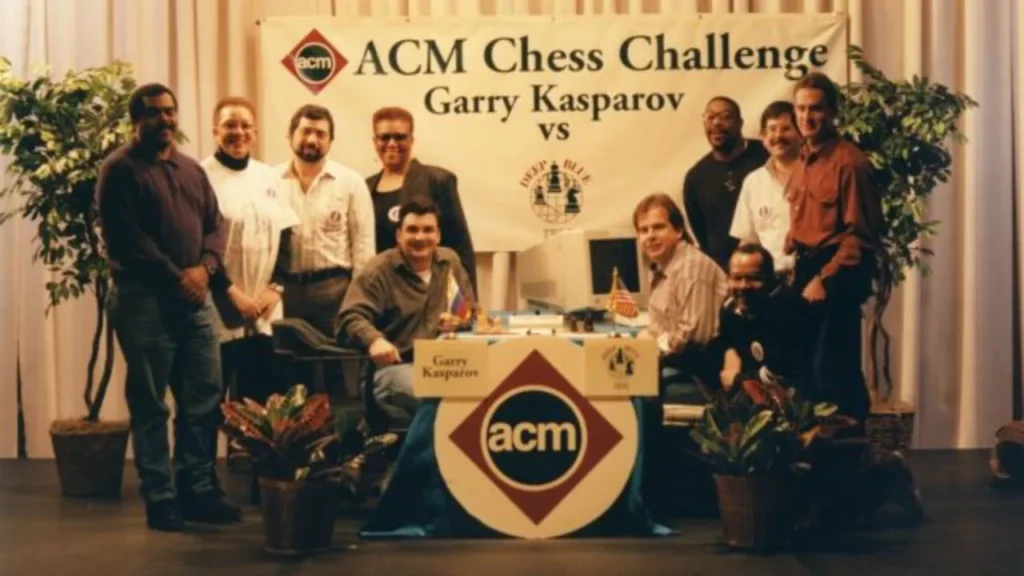
In 1957, IBM began producing computers based on chess championship results. These computers never beat a grandmaster, despite winning several chess competitions. In any case, this was not an easy assignment. While obtaining his PhD at Carnegie Mellon University, Feng-Hsiung Su began developing “ChipTest,” a chess-playing supercomputer, in 1985.
Deep Blue vs Garry Kasparov: Opening game
After joining IBM, Sue and her colleague Murray Campbell started working on Deep Blue. Deep Blue faced off against world champion Garry Kasparov on February 10, 1996, after years of intense preparation. Deep Blue and Kasparov engaged in a six-game contest in Philadelphia.
When Deep Blue won the first game, it stunned everyone. In a time control battle, a machine beat the world champion for the first time. But Kasparov also launched a strong counteroffensive, winning the game 4-2.
Second Encounter Between Deep Blue and Garry Kasparov
A rematch between Deep Blue and Kasparov happened in May 1997. In the encounter played at the Equitable Centre in New York, Kasparov prevailed in the first game. The following game was won by Deep Blue in a stunning comeback, and the next three matches ended in draws. People were glued to the chess board as the intensity peaked in the sixth game.
With a score of 3.52.5, Deep Blue made history by winning this match. It succeeded in defeating a world champion, making history as the first computer system ever.
Deep Blue and its Artificial Intelligence
By beating Kasparov, Deep Blue demonstrated the capabilities of artificial intelligence (AI). It demonstrated to the world that computers might be programmed with human intellect via artificial intelligence. This will contribute to the improvement of many global industries.
Later, the same thing occurred as a result of the deployment of Deep Blue architecture’s processing and computing capability in sectors like finance, equities, medicines, and portfolio management. With the processing capability of 32 chipsets, Deep Blue could analyse 200 million chess positions in a single second.
#Today in 1996, IBM's Deep Blue chess computer defeated world champion Garry Kasparov. No computer had ever won a game against a world champion in chess. Kasparov would eventually win the series 4-2, but would lose to Deep Blue in a re-match a year later. pic.twitter.com/7WqnMpAMJc
— Massimo (@Rainmaker1973) February 10, 2024
Read about: What is RBI Digital Rupee

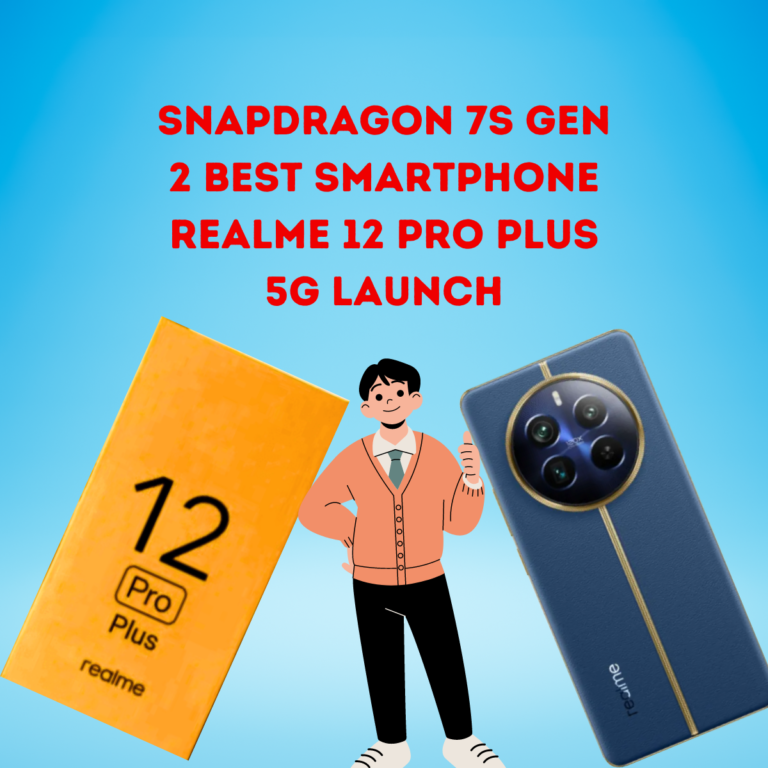



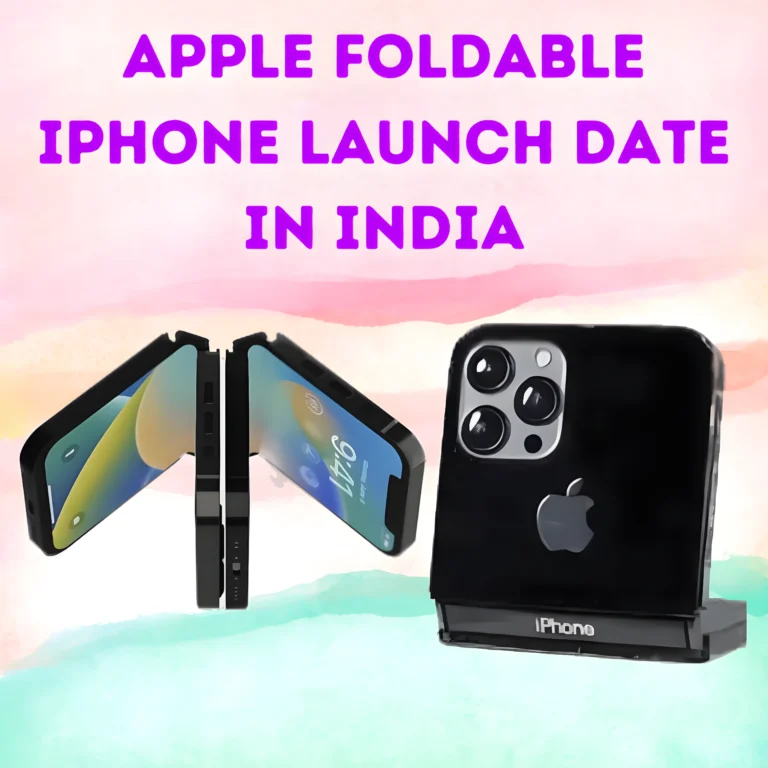
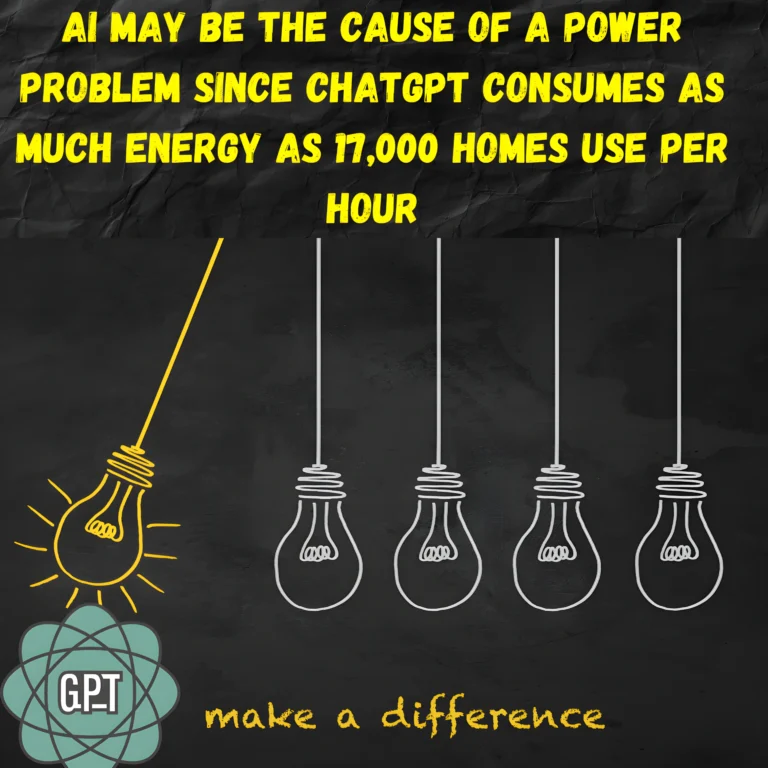
One Comment